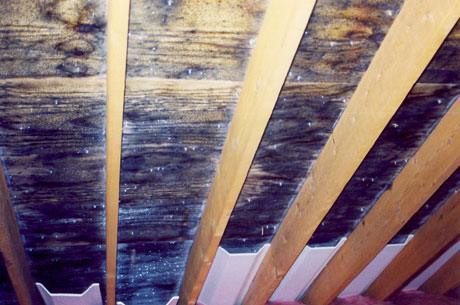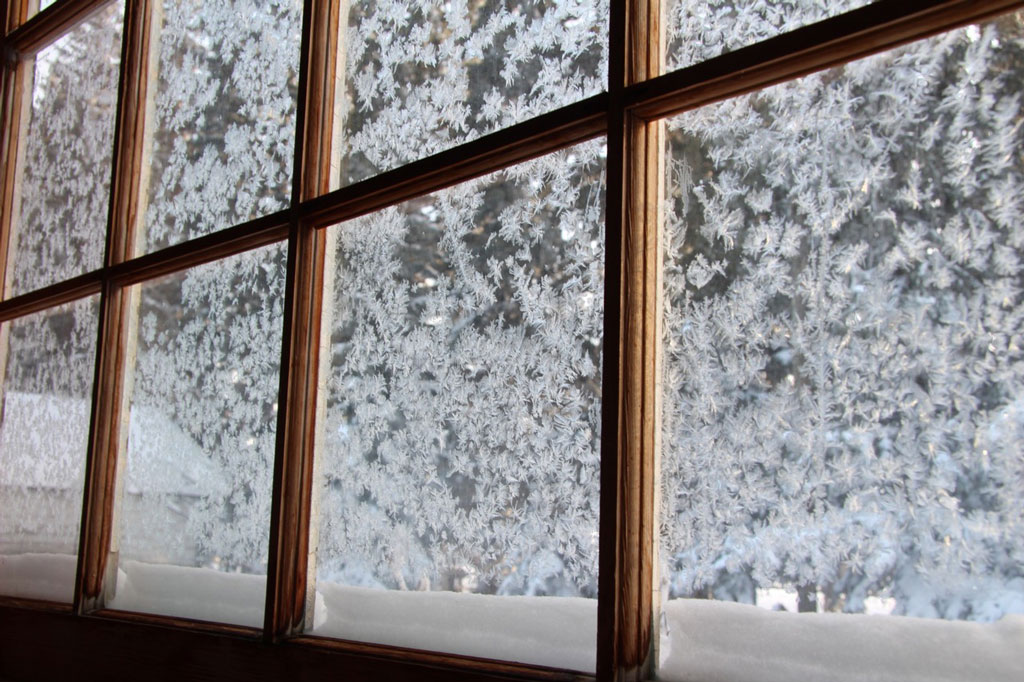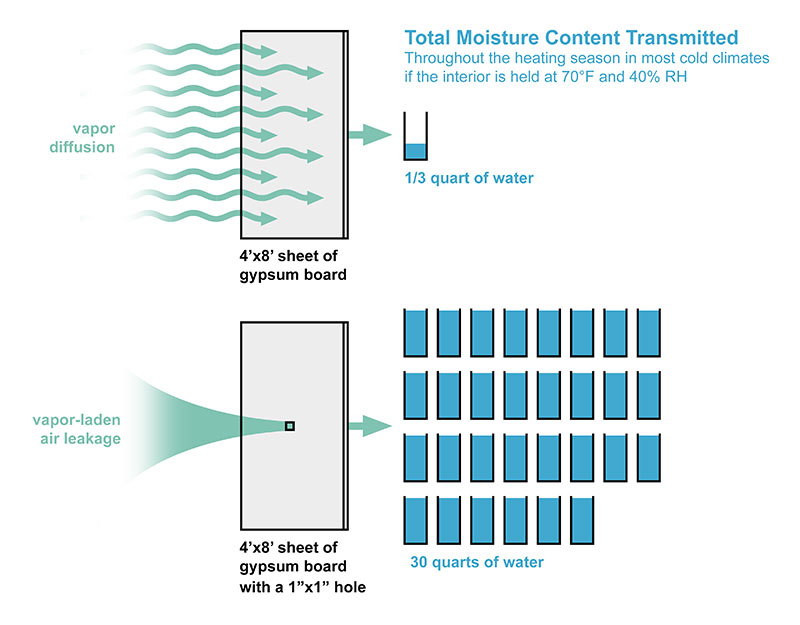Hopefully this article will not be too “dry” for all of you, (pun intended) but given the current COVID-19 global pandemic, it seems prudent to shine a spotlight on the correlation between good design, indoor relative humidity and reducing airborne transmission of viruses. Until a few years ago, as I was researching healthy home design I was not aware of this correlation myself! In recent years I have been trying to educate my clients about this correlation, but in the current unique time the stakes seem higher than ever.
A simplified version of the health science at play is that research shows airborne viruses have an advantage in overly dry air versus air with higher relative humidity (RH). They travel more easily through dry air and when we breath this dry air, our respiratory passages get dried out and are less able to capture and remove viruses including other airborne microbes and pollutants as well.
Running a humidifier seems like a logical solution, right? . . . well . . . not so fast! Simply pumping a bunch of humidity into your indoor air can also cause other problems, such as mold and decay.
Anecdotally, I learned this first-hand myself years ago when I was advised to add humidity to my child’s bedroom to help her breath easier during the cold-dry Minnesota winter. A year later when I opened the ceilings with the intent to add insulation, I discovered the underside of my roof sheathing had mold on it like this image:
The rule of thumb I first learned as a homeowner was that condensation and frost on the windows are the most obvious indicators of indoor RH being at a risk level for problems in your home. Since the window glass is typically the coldest surface you can readily see in your home, and it is the most likely to develop condensation before any other surface. As beautiful as the frost patterns are on the glass in the winter time, I quickly came to accept this as a good goal. Frankly this seemed pretty easy to monitor and regulate. Heck, I did not even need to buy a humidistat.
I would not be surprised if sales of high performance triple pane windows increases as a result of the COVID-19 pandemic as more people recognize that they allow them to have the health benefits of higher indoor RH in addition to the energy efficiency that has more commonly been cited as the major benefit with these windows.
As I delved more into building science as an Architect, I learned that avoiding condensation and frost on the glass was not enough. But rather, managing air leaks in the building envelope was even more critical, since that moisture is getting into areas that are not easily seen, such as my experience with my own roof. The importance and magnitude of this is often demonstrated by the following diagram:
Essentially, air traveling through small openings in the building envelope has the capacity to transmit copious amounts of water into the assembly where it can be trapped and then support mold growth and rot.
So what should you do?
In summary you should ensure that your building envelope is well designed and built so it manages the four fundamental control layers, which are:
- Liquid Water Control
- Always shed liquid water down and way.
- Air Control
- Prevent any air leaks.
- Vapor Control
- Understand dew points and the need for the assembly to have vapor permeability to dry out when it does take on some moisture.
- Thermal Control
- Use highly insulating materials and components including very good windows and doors. Assemble them to minimize thermal bridging and to not compromise the above 3 control layers.
Another very important component is a well designed and installed mechanical system that is sized appropriately for your home. Including a very good mechanical contractor that understands building science well on your project team is critical, particularly on high performance “Low Load” homes. These homes challenge a lot of the past rules of thumb for equipment sizing and overall system configuration.
RH of 40% – 50% can be optimal for your health. It also has the side benefit of keeping the wood work in your home dimensionally stable. However, the home needs to be very well designed and constructed for it to be possible to achieve this.
And of course do not forget Beauty! One of my favorite responses that Dale Mulfinger at our SALA office always gives to questions about how to solve a design challenge is . . . “Do it Beautifully”.
Remember, we are far more likely to cherish and preserve buildings that enrich our lives through both Form and Function. For a deeper dive into the beauty topic specifically, you may wish to check out one of my previous blogs:
For some additional information here is a great site on healthy humidity.
Until next time . . . I hope this helps you all stay safe and breath more easily!


